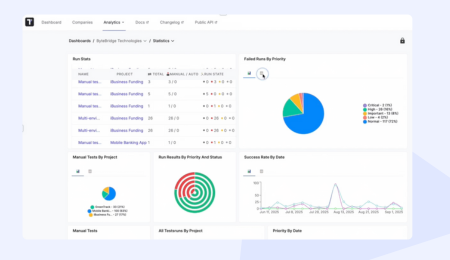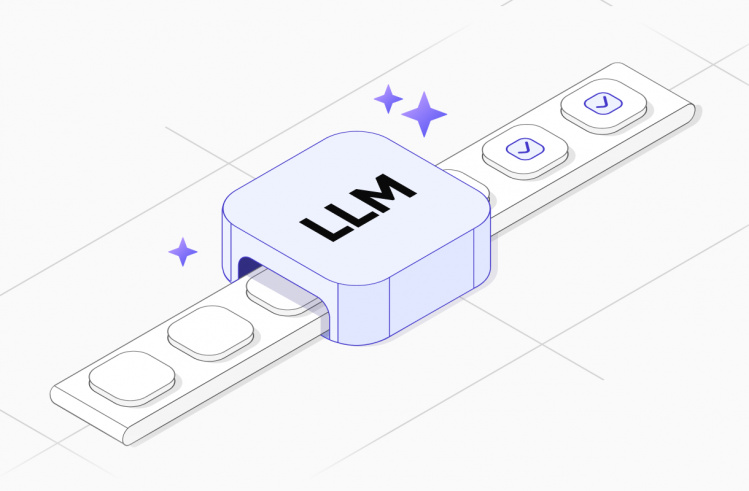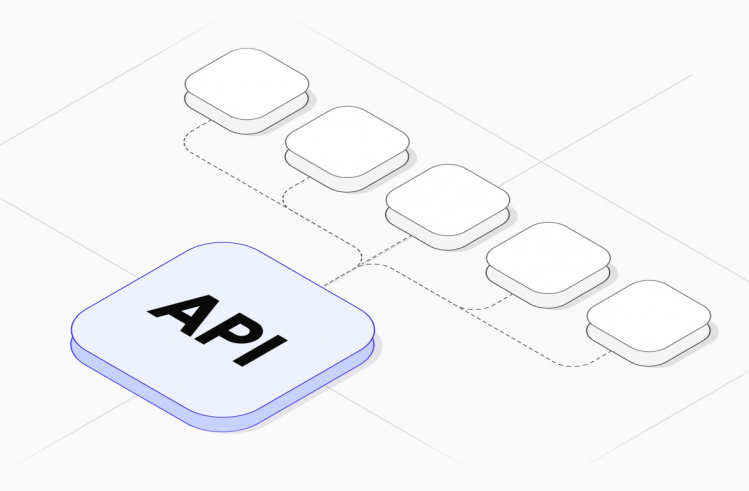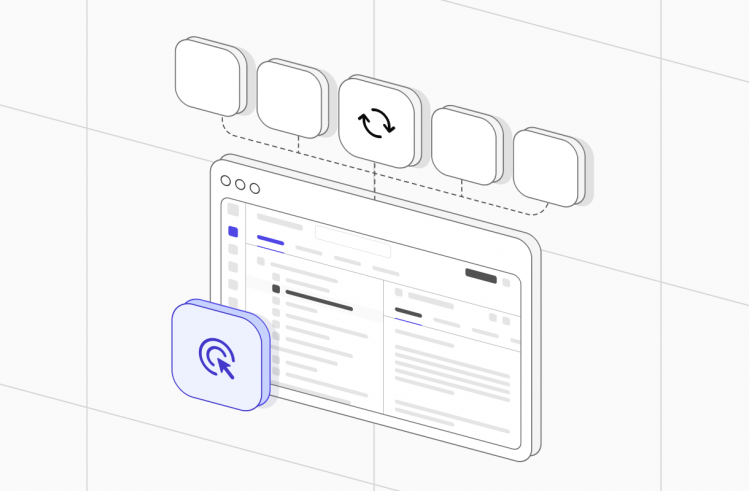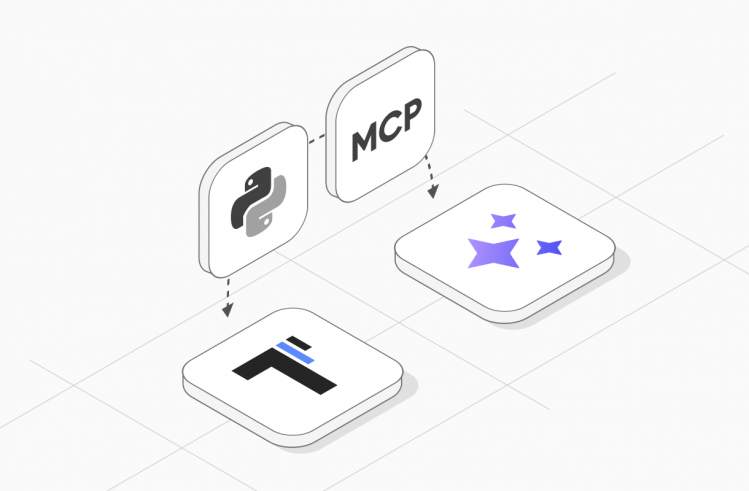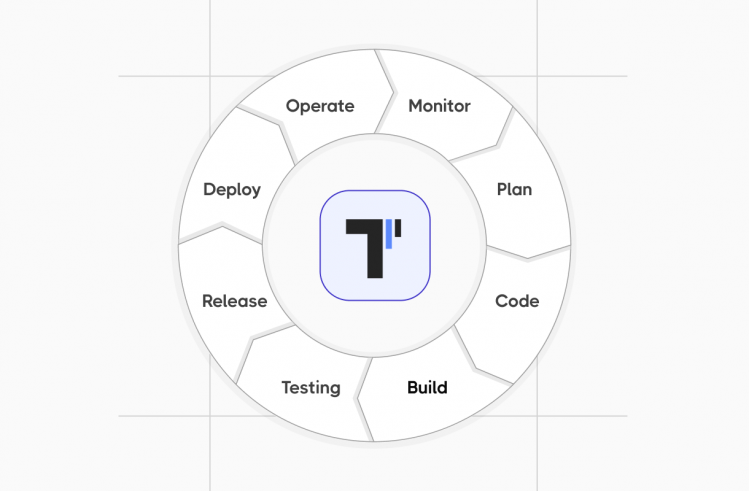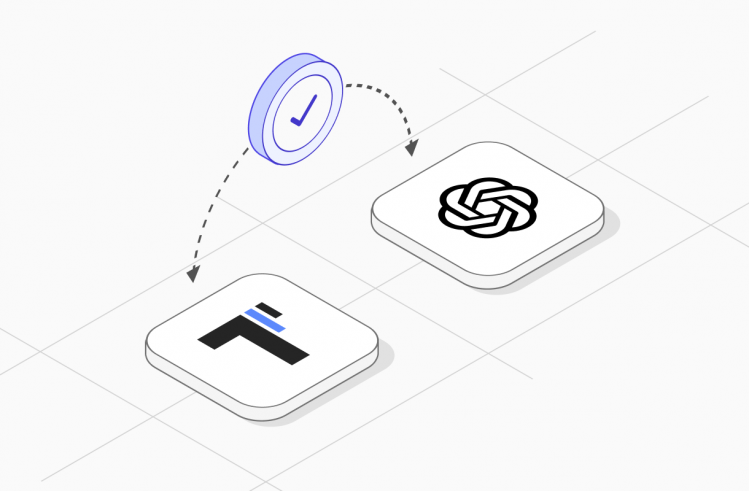Among today’s DevOps specialists, the practice of continuous integration and delivery (deployment) is gaining momentum. Based on recent research, 44% of professionals use CI\CD to quickly deliver premium quality software to end users.
Do you want to know how the implementation of CI\CD helps modern businesses? And what place is given to automatic testing in this procedure? We offer you a detailed analysis of these concepts. In this article, we will look at what the CI\CD pipeline is and what components it consists of. Let’s see why such an approach to creating programs is impossible without automation of testing procedures and Quality Assurance.
What is CI\CD Process?
Flexibility is a key characteristic of the modern software development process. Adapting to rapidly changing market requirements, quick work, and high-quality digital solutions are goals of every company striving to stay profitable. On the contrary, the inability to notice promising technology in time and implement it in your business can cost your company a lot.
🤔 Have you ever thought about why the telecommunications equipment giant Nokia disappeared so suddenly from the market? The point is that the company underestimated the importance of investing in software development. As a result, they simply could not compete with Android.
Continuous integration and continuous deployment are the ways to keep up with the times and deliver up-to-date, high-quality software solutions quickly. What is it?
CI\CD is a methodology that allows you to quickly integrate new code into an application and minimize errors by automating the process. This term appeared in 1994. The developer of the Unified Modeling Language (UML), Grady Booch, mentioned it in his book “Object-Oriented Analysis and Design with Applications.”
This approach involves a combination of CI and CD with automated testing at each of these stages.
What is CI?
The first stage of CI\CD, Continuous Integration, is the practice of building applications that makes it easier for programmers to work independently. It is possible due to the constant merging of updates into a common branch in the source code repository, as well as frequent builds of the project, the rapid identification of errors, and their elimination.
Previously, most companies used a sequential development model called Waterfall. The integration was carried out once and was the final stage of work on the product. It led to significant difficulties. Bugs were discovered at a late stage, due to which the release of the finished solution was often delayed indefinitely. The elimination of defects was incredibly expensive.
According to statistics, the cost of fixing an error, depending on at what stage of the SDLC it was detected, can differ by 100 times!
What is CD?
The definition of CD is not so simple. The thing is that the abbreviation includes two different processes: continuous delivery and continuous deployment.
CD entails the procedure for deploying all changes in the test and then in the production environment. In other words, bringing them to the end user. At this stage, API and the app are tested automatically, and all code changes are delivered to production.
The difference between the concepts of continuous delivery and continuous deployment is as follows:
– In the first case, the delivery of the code to the test environment is carried out manually.
– In the second, the code is automatically delivered to the production environment.
Automation allows you to eliminate the human factor from the process, speed up the delivery of changes, and make them available to the entire IT team.
The combination of continuous integration, continuous delivery, and continuous deployment is commonly called CI\CD pipeline. It includes the development, testing, and deployment of the application. And it is the preferred way of working for most modern DevOps professionals.
And this is entirely justified. According to CDF’s State of Continuous Delivery Report, 27% of developers take up to six months to run modified code in a production environment. Whereas using CI\CD, you can release up to several updates per day. That is, the same process will take less than an hour!
Why Use Continuous Integration and Сontinuous Deployment
Although CI\CD is a comprehensive approach to software development, some professionals implement only one of its components. So, the same State of Continuous Delivery Report shows that only 18% of specialists use both approaches in combination. Based on this, it is advisable to consider the advantages of each component of the CI\CD pipeline separately.
What you get with Continuous Integration:
- Eliminating defects in the production environment. Thanks to the introduction of automated testing, bug detection is available in the early development stages.
- Simplify and speed up release builds. It also contributes to solving all emerging problems at an early stage.
- Saving budget and time for testing. The CI server can run hundreds of tests every second.
- Timely error correction. Developers are instantly notified when a build is broken, so there is no need to switch between tasks.
Benefits of using continuous delivery:
- Simplify application deployment. Preparing to release a new program version will no longer take several days.
- Availability of new releases. Speeding up the process allows you to release more often, getting instant feedback from end users.
- Accelerated iterations. Decisions about the need for changes are made more quickly if their implementation is simpler.
Pros of continuous deployment:
- Accelerated software development. With the automatic sending of code changes to production, there is no longer a need to interrupt development.
- Reducing the risks associated with releases. Changes are made to the code in a small amount, so if errors occur, they are eliminated faster.
- Increasing customer loyalty. The quality of the delivered software is improving day by day, not every six months.
Summing up, we can say that using CI\CD together will allow the company to save money, boost customer flow, and increase the loyalty of existing users. All this is possible thanks to the fast delivery of high-quality software to customers.
TOP-5 Companies That Made a Choice in Favor of CI\CD and Became Successful
“Software-first companies know the only thing constant is change. They use continuous delivery to ship better software faster,” said Isaac Mosquera, CTO of Armory, a company specializing in CD.
Many world-famous companies share his point of view, as they have long realized all the advantages of continuous development. Here are some of them:
- Netflix. Until 2009, Netflix developed software built on a monolithic architecture. But this approach did not allow them to cope with the growing user flow. Therefore, the company moved to microservices. And, accordingly, to CI\CD. Netflix uses the Spinnaker platform, which hosts about 95% of its infrastructure, consisting of hundreds of microservices. The platform allows you to create and manage pipelines, as well as automate the delivery of production changes to the cloud.
“Continuous Delivery powers innovation at Netflix, and we’re thrilled to be a founding member of the Continuous Delivery Foundation.”
Andy Glover, Director of Delivery Engineering, Netflix.
- HP LaserJet. In 2006, the company had 400 developers on staff, but its software releases were limited to two per year. After analyzing the reasons for this situation, the head of the company concluded that his team spends only 5% of its time on development, while the rest of the time is spent on planning, integration, and testing. The problem was solved with CI\CD pipeline.
- Ericsson. The company began practicing continuous deployment of its cloud apps in 2015. And after 5 years, Ericsson, together with the Japanese telecommunications company KDDI, released the CI\CD pipeline 5G Core. It greatly simplified the deployment of the underlying 5G cloud network.
- Etsy. This company can rightly be called a DevOps pioneer. The monolithic architecture of the company’s applications did not allow them to keep up with the growth of the network. The transition to DevOps and adoption of CI\CD allowed this e-commerce organization to increase the number of deployments from 1-2 per week to 50 per day.
- Amazon. As in the previous case, Amazon faced the challenge of scaling and updating its monolithic services as it scaled up its operations. The problem was solved by switching to the microservices architecture and using the CI\CD pipeline. Among the tools used in the company are AWS CodePipeline, AWS CodeDeploy, and Apollo.
Do you want to join their number? It’s high time to integrate CI\CD into your workflow. Automated testing plays a key role in this methodology.
Activities that are Part of Continuous Integration, Continuous Delivery, and Continuous Deployment
To understand the position of automated tests in the CI\CD pipeline, let’s consider the stages each component of this process consists of.
Which of the tasks are part of continuous integration?
To implement CI, you should solve several tasks:
- Recording code changes in the version control system. For the CI server, any change is a kind of trigger. It perceives this as the need to make a new build to check the consistency of the changes with the code written earlier. The server determines what changes have been made. It helps to find out the cause of a possible failure.
- Project assembly. It is the first step in the CI/CD pipeline on the way to the product’s release. It includes downloading dependencies, installing tools to check the security and reliability of the code, compiling, and getting artifacts.
- Testing. At the integration stage, automated unit testing is used. Running tests is possible after artifacts are produced. And it is necessary to check the correctness of the code and the functionality of the program.
- Deployment in the development environment. During CI, deployment can’t be provided in a test environment, and even more so in a production environment. But in a general development environment, deployment at this stage is necessary. It allows you to check the work of the code of one professional, considering corrections made by other team members.
What components make up continuous delivery?
Continuous Delivery consists of two main stages:
- Deployment in a test environment. At the end of the sprint, after the product is finished, the final successful build should be deployed to the test environment. The latter serves as an imitation of the working (production) environment.
- After that, quality assurance engineers conduct various automated tests, such as performance tests, integration, regression, and load tests. Only with this integrated approach can it be ensured that the quality of the product meets the expectations of users and safety requirements.
What is created first in the pipeline in continuous deployment?
Continuous Deployment is primarily about deploying to a production environment. For optimal results, it is recommended to do it at the end of each sprint. But companies can implement it as needed.
CD also includes 2 more activities:
- Continuous Management Monitoring (CCM). It entails automated monitoring of the server’s health and analyzing threats to the security of the working environment.
- Rollback is the ability to return to the previous version of the assembly when critical errors occur.
Based on the foregoing, we can conclude that automated testing is an integral part of each of the CI\CD components. After all, writing and conducting manual testing requires a lot of time. It makes it impossible to follow the basic principle of continuous development: “build fast, test fast, release fast.”
How to Provide CI\CD as Efficiently as Possible Using Automated Testing: All the Benefits of Automation
As mentioned earlier, automated tests are a key component of a productive CI\CD pipeline. Let’s take a closer look at all the business benefits that automatic execution of tests of various types brings.
- Saving time. Firstly, a well-organized test automation strategy frees up time for more thorough testing, which should still be done manually, e.g., with exploratory testing. And secondly, automation guarantees fast results, which cannot be said about manual tests.
- Quick feedback. Since there is little time between changes to the code and their delivery to end users, programmers instantly receive feedback, extract the necessary data, and apply it while working on the project further.
- Opportunity for the development team to be flexible. Long testing may stop developers from making small innovations in the product. However, it is precisely these minor improvements that can become critical for increasing user satisfaction.
- Improving the quality of the finished digital solution. The coverage of automated tests significantly exceeds the coverage of test cases when run manually. Also, the results of such testing are more accurate.
To maximize all the benefits described above, it is essential to understand what types of tests in CI\CD should be automated.
Types of automated testing in CI\CD:
- Unit testing. It checks the main components of the program. It is the first link in testing during continuous development, as it is carried out at the integration stage. Unit tests cannot check user processes.
- API testing. API is a programming interface through which multiple applications communicate with each other. This kind of testing is essential when preparing for the release of the next version. It allows you to ensure that your software performs its functions correctly and is compatible with other applications.
- Functional testing. User processes that cannot be recreated with unit tests are the subject of this type of testing. They detect errors by imitating human actions.
- Integration testing. If unit testing checks the correctness of individual program components, then integration testing checks that all these components work correctly together, considering external dependencies.
- Regression testing. It is the full or partial repetition of tests that have already been carried out. Used after correcting previously detected errors.
- Performance and load testing are provided to determine how fast the software performs under a particular load. And it can also be used to determine the program’s scalability and reliability.
Parallel automatic testing on several servers is used to speed up the release of software even much more. It allows you to run many tests at the same time and thus save time and resources for your company.
Bottom Line: Run Automated Tests to Make CI\CD as Efficient as Possible
Continuous integration, delivery, and deployment make software development teams more flexible and help them deliver reliable and secure digital solutions quickly. This pipeline is impossible without test automation, which, among other things, speeds up and improves development quality. There are many automation tools on the digital market. If you are still looking for the right one for your project, pay attention to the testomat.io We will help you realize the most daring ideas to make your business more successful and stable.
